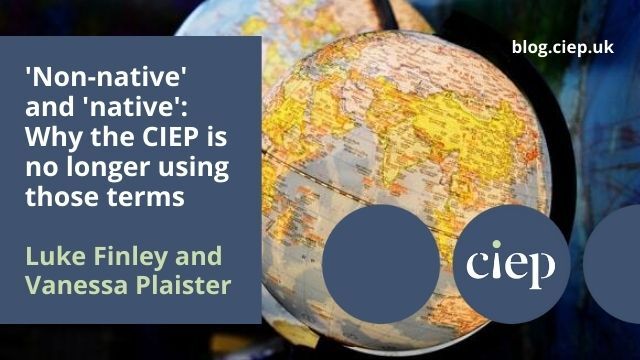This year’s CIEP conference was held online, from 12 to 14 September. Attendees from all over the world logged on to learn and socialise with their fellow editors and proofreaders, and a number of delegates kindly volunteered to write up the sessions for us. Anna Baildon reviewed Easy English: The principles of writing for people with low literacy and what editorial professionals can learn from them, presented by Cathy Basterfield.
 What is Easy English?
What is Easy English?
One of the reasons I attended this interesting session is that Easy English is a new concept for me.
Cathy described Easy English as ‘writing for people who haven’t got functional literacy’. She showed us examples of Easy English documents which made it clear that this is the polar opposite of the writing styles we often work with as editorial professionals. But Cathy emphasised the myriad texts which we encounter in our daily lives and which are inaccessible to many people.
Cathy has many years’ experience in speech pathology and working with people who use non-verbal communication. Our chair, Hugh Jackson, noted that Cathy pioneered the development of Easy English, so we were in good hands. Delegates contributed some thought-provoking questions, most of which Cathy answered in the time available.
Why do people need Easy English?
Easy English caters for people with the lowest levels of literacy. This may be related to a disability or other reasons. It was sobering to consider the impact of being unable to access information that I take for granted – Cathy mentioned the significant health, social and economic consequences – and to see data showing that a surprisingly large proportion of adults do not have the literacy to manage day-to-day tasks.
Easy English is most commonly used for information that people need, such as health information or terms and agreements. (I learned that there is an accessible information standard that all NHS and adult social care providers in England are legally required to follow.) Easy English is generally not used for the cultural, leisure and news content which people with higher literacy read for pleasure and engagement reasons. Cathy said that research shows that people with low literacy do want to read these richer types of material. This demonstrates an even greater potential for applying Easy English approaches.
One very interesting point Cathy made was that Easy English can be effective for people with higher literacy levels. She gave an example of a document about court proceedings that was useful to someone at an intensely stressful and emotional time.
Some nuts and bolts
Cathy used example texts to demonstrate some Easy English techniques. We learned that we should use:
- a lot of white space
- directly relevant illustrations (not photographs) to help convey the meaning of the text
- short words and sentences
- minimal punctuation
- positive phrasing
- bullets to separate items in a list.
I liked the idea of ‘unpacking the language’ so that the meaning becomes accessible.
Headlines I’ll remember
- It’s hard to write in Easy English!
- Access to written information should not be a reading test. It should be enabling.
- Access to information is a right. ‘Access’ means that a person reads, understands and knows what they can do.
I agree with conference organiser Beth Hamer that Cathy gave us ‘a different perspective’ and challenged our assumptions. I can see that Easy English is related to plain English and Easy Read, but that it goes further. I would like to explore these specialisms after I’ve completed my core training. In the meantime, it will be interesting to spot opportunities where I can use the principles in more subtle ways in my work.
Thank you to Cathy, who joined us live from Melbourne where it was late evening.
Useful resources
Cathy’s website: https://accesseasyenglish.com.au
CIEP guide: Editing into Plain English https://www.ciep.uk/resources/guides/#EPL
CIEP training course: Plain English for Editors https://www.ciep.uk/training/choose-a-course/plain-english-editors/
 Anna Baildon is an Entry-Level Member and is relishing CIEP training to strengthen her expertise. She has worked in niche librarian roles in higher education and has significant experience in wrangling non-fiction copy into a publishable state. Anna has degrees in English literature and librarianship and a lifelong affinity with words. She plans to freelance, offering both copyediting and proofreading services.
Anna Baildon is an Entry-Level Member and is relishing CIEP training to strengthen her expertise. She has worked in niche librarian roles in higher education and has significant experience in wrangling non-fiction copy into a publishable state. Anna has degrees in English literature and librarianship and a lifelong affinity with words. She plans to freelance, offering both copyediting and proofreading services.
 About the CIEP
About the CIEP
The Chartered Institute of Editing and Proofreading (CIEP) is a non-profit body promoting excellence in English language editing. We set and demonstrate editorial standards, and we are a community, training hub and support network for editorial professionals – the people who work to make text accurate, clear and fit for purpose.
Find out more about:
Posted by Abi Saffrey, CIEP blog coordinator.
The views expressed here do not necessarily reflect those of the CIEP.





